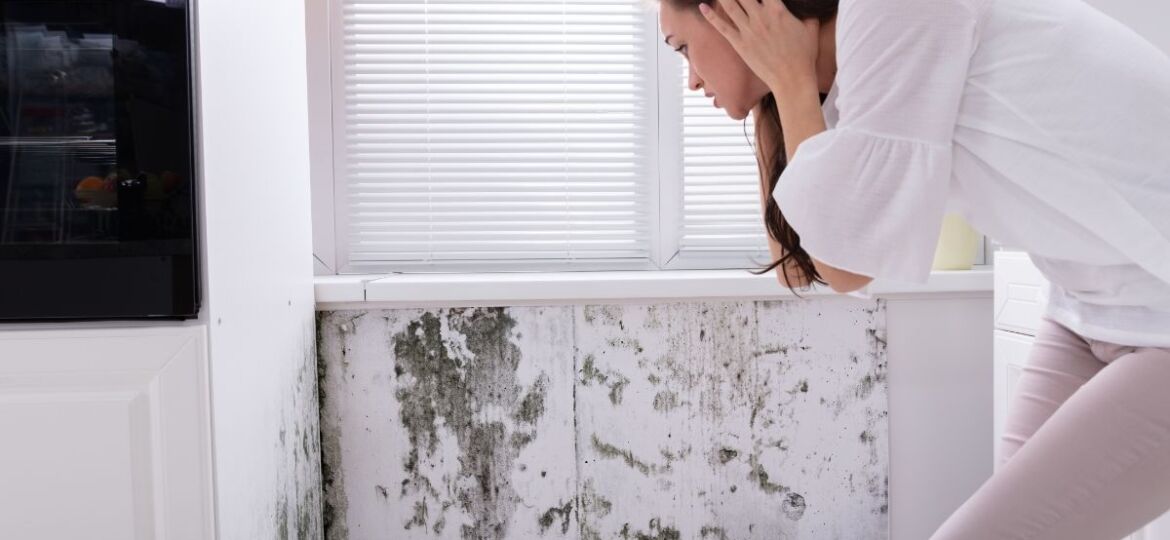
Summer brings sunshine, vacations, and… mold? While the warm season is often associated with fun in the sun, it’s also prime time for mold growth in homes and buildings. As temperatures rise and humidity levels spike, indoor environments become increasingly susceptible to mold infestations. This can lead to serious issues not only to your home’s structure but also to your health.
The combination of heat, moisture, and poor ventilation creates ideal breeding grounds for mold. Bathrooms, kitchens, basements, and even HVAC systems can become hot zones during the summer months. Understanding why summer sets the stage for mold growth is key to prevention. And if you’re dealing with it already, knowing how to effectively respond can save you from costly damage and lingering health concerns.
If you’re located in Northern Virginia, tackling seasonal outbreaks is especially important. For residents looking for mold remediation in Lorton, VA, early detection and intervention are crucial. Here’s why summer mold is such a widespread problem and what you can do about it.
1. High Humidity Is Mold’s Best Friend
Summer air holds more moisture than cooler seasons, especially in regions with high humidity. When that damp air settles in your home, whether from weather, showers, or cooking, it creates the perfect setting for mold to grow. Mold spores, which are constantly present in the air, latch onto damp surfaces and begin to spread within 24 to 48 hours.
Use a dehumidifier to maintain indoor humidity between 30% and 50%. Check closets, bathrooms, and basements frequently, and dry any wet surfaces promptly. The more you control indoor moisture, the harder it is for mold to thrive.
2. Poor Ventilation Traps Moisture Indoors
Many homes remain tightly sealed during the summer to keep cool air inside. While this helps your air conditioner work efficiently, it can also trap humid air indoors. Rooms like laundry areas and bathrooms suffer the most, where steam and lack of airflow combine to create mold-friendly conditions.
To fight this, open windows when the weather allows and run exhaust fans during and after activities like showering or cooking. Make sure your HVAC system is working properly and clean your air filters regularly to reduce moisture buildup.
3. Condensation Around Cooling Systems
Air conditioners are a necessity in summer, but they can inadvertently contribute to mold growth. When cold air meets warm indoor air, condensation forms around vents, windows, and walls. If this moisture isn’t dried quickly, mold can settle in fast.
Inspect windows, ducts, and vents for moisture, especially in the mornings. Installing insulation around problem areas or adding weather stripping to windows can help minimize condensation. Keep AC units clean and professionally maintained to avoid mold from forming inside them.
4. Summer Storms and Leaks
Heavy summer rains can lead to roof leaks, clogged gutters, or flooding, all of which bring unwanted water into your home. Water intrusion not only damages your property but also provides an immediate moisture source for mold.
Check your roof, windows, and plumbing regularly for leaks. Keep gutters clear of debris to allow rainwater to drain properly. If a storm causes water damage, act quickly to dry out the area and dispose of water-damaged materials when needed.
5. Mold Allergies Are Worse in Summer
For individuals with respiratory conditions, mold exposure in summer can be particularly troublesome. The warm, damp air combined with higher mold spore counts can worsen symptoms like sneezing, coughing, or difficulty breathing.
If you or a family member has mold sensitivities, monitor air quality levels indoors with a sensor. Use HEPA filters in air purifiers and vacuum cleaners. Address any signs of mold growth promptly to protect your health.
6. DIY Isn’t Always Enough
While small mold patches can sometimes be cleaned with detergent and water, many infestations go unnoticed until they’ve spread. Behind walls, under floors, and inside HVAC systems are places you can’t easily reach, but mold can.
When mold becomes persistent or extensive, professional intervention is critical. Experts have the tools and knowledge to safely remove mold and prevent it from coming back. DIY attempts can often miss hidden colonies and lead to repeat infestations.
Mold doesn’t take a summer vacation. The heat and humidity of the season give it a clear advantage. Whether it’s the moisture in the air, poor ventilation, storm damage, or hidden leaks, homes become especially vulnerable during these warm months. Staying proactive by managing humidity, fixing leaks, and maintaining ventilation can keep mold from gaining a foothold in your space.
If mold has already made its way into your home, don’t wait. Professional services ensure thorough removal and lasting results. For trusted mold remediation in Lorton, VA, reach out to Water Damage America for expert help. Your home and your health depend on swift, effective action.

